Looking for the best mirrorless camera for beginners? We’ve tested the very best entry-level cameras on the market and have picked out our top choices in the list below. So whether you’re totally new to photography, upgrading from a compact or switching from a smartphone, this buying guide will help you find the perfect mirrorless camera to get started.
Smartphones and compact cameras are a great gateway into photography, but mirrorless cameras allow you to take your creativity to the next level. The best entry-level mirrorless options offer skills superior to any mobile or point-and-shoot camera, while still being accessible enough for beginners – and pretty portable, too. They also feature large sensors, manual controls and the option of switching lenses to suit different styles of photography.
Most beginner mirrorless cameras come bundled with a ‘kit’ lens, designed to cover the most common shooting scenarios. That means you’ll normally get a zoom range of approximately 3x and enough flexibility to experiment with depth of field. And because entry-level models are usually compatible with a manufacturer’s complete catalogue of lenses, you’ll be able to expand your shooting setup once you’re more familiar with the format.
Speaking of which, mirrorless cameras usually ship with either an APS-C or a slightly smaller Micro Four Thirds Sensor. Both represent a significant step up in resolution and image quality when compared to the small sensors found in a smartphone or compact camera, and the larger size means they also serve up superior low-light performance.
The importance of other features will depend on your shooting style. Those looking to try out vlogging will welcome the excellent video specs of several cameras recommended below, while in-body image stabilization will be a useful addition for those looking to shoot hand-held. Not sure where to start? Consider an excellent all-rounder, like the Panasonic GX9.
Our outright favorite mirrorless camera for beginners is the Fujifilm X-T200. Styled like a retro DSLR, it actually ships with a host of modern features, including a large articulating touchscreen, a powerful processor and a fantastic autofocus system. That said, there might be an entry-level mirrorless camera that’s better suited to your specific needs, skills and budget. Read through the list below and you’re sure to find an option that’s perfect for you.
Best beginner mirrorless cameras 2021 at a glance:
- Fujifilm X-T200
- Olympus OM-D E-M10 Mark IV
- Panasonic Lumix GX9
- Sony Alpha A6100
- Panasonic Lumix G100
- Canon EOS M50
- Fujifilm X-A7
- Canon EOS M6 Mark II
- Sony Alpha A6000
- Olympus PEN E-PL10

Best mirrorless cameras for beginners in 2021:
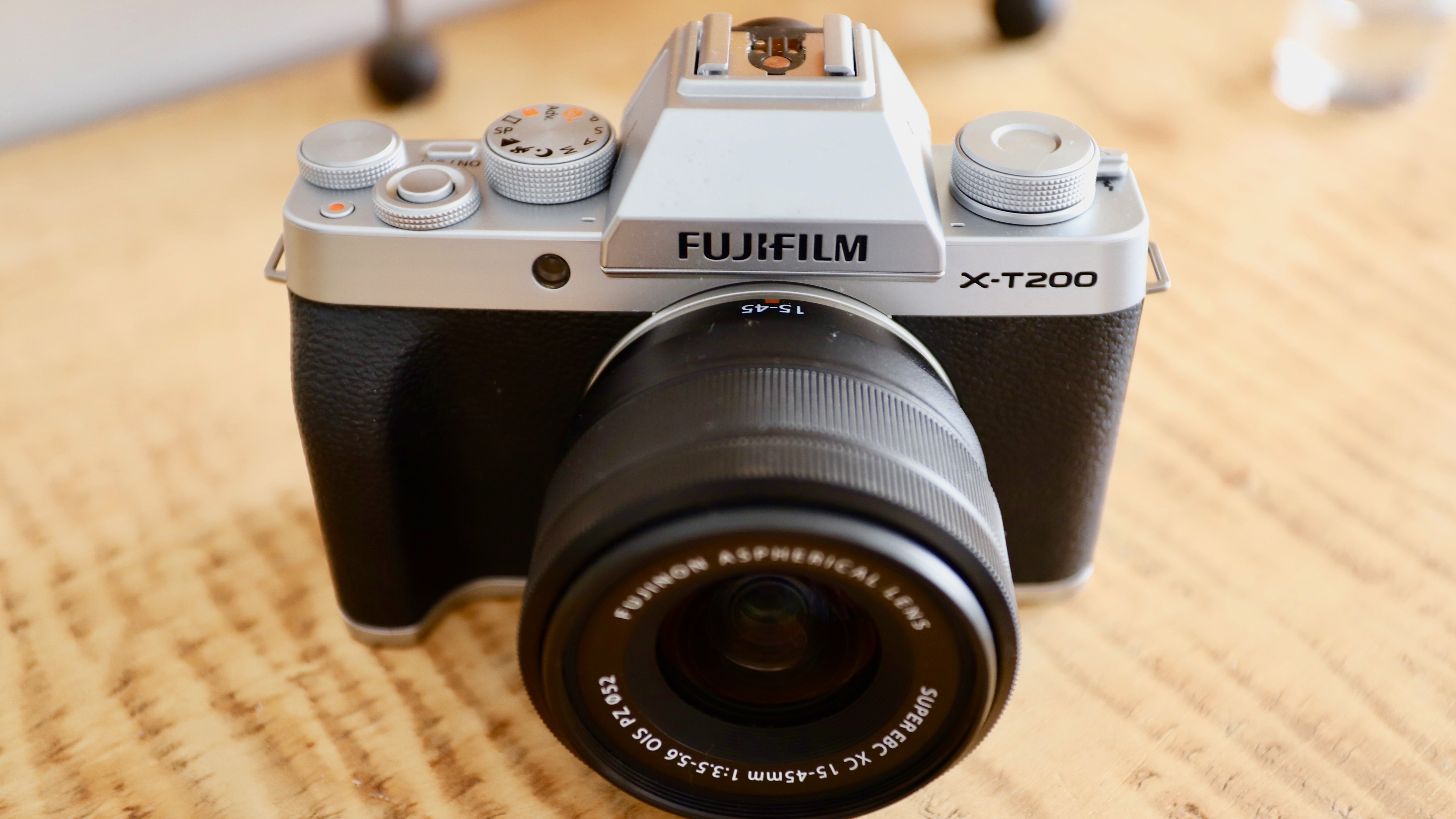
A pared-back version of the Fujifilm X-T30, the X-T200 makes for a much better entry-level camera than its predecessor. In fact, it’s better than the X-T100 in almost every way: it has more processing power, a substantially improved autofocus system and a larger, sharper 3.5-inch rear touchscreen. It’s also much nicer to hold while retaining that attractive and distinctive retro DSLR styling.
Essentially a Fujifilm X-A7 (see below) with a viewfinder, it's actually easier to use the X-T200's screen for framing and focusing thanks to an awkwardly placed joystick. The only other downsides are that subject tracking is a bit hit and miss during continuous shooting and isn’t available for video.
The considerable plus sides, though, include outstanding image quality and an easy-to-use setup that is ideal for new photographers. As it’s been out for a while, the X-T30 is now more affordable and offers specs that novices can grow into – but if you want Fujifilm’s best dedicated beginner camera, look no further.
- Read our in-depth Fujifilm X-T200 review

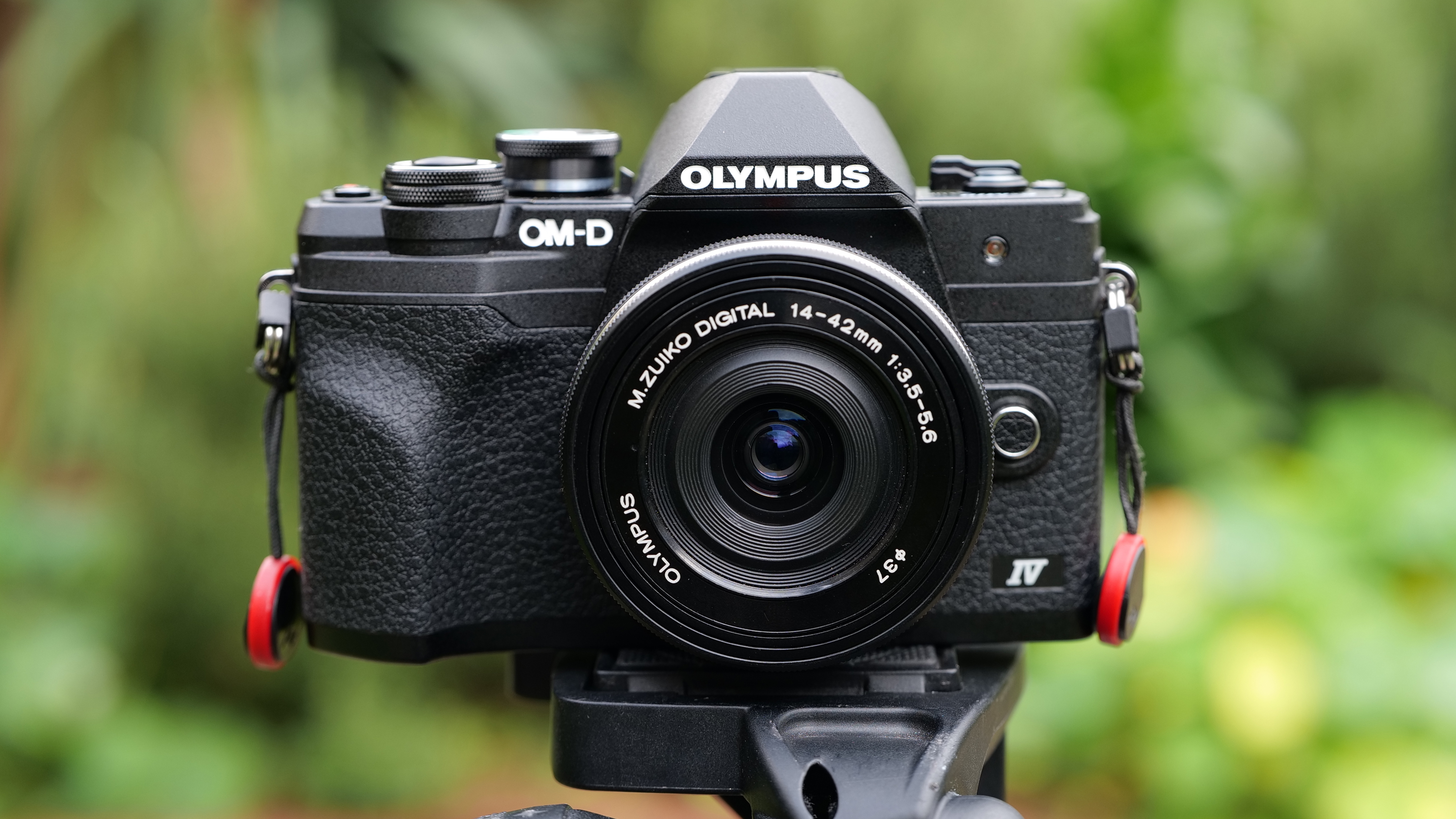
Despite its compact size, the Olympus OM-D E-M10 Mark IV packs in a huge amount of features for stills photographers. With an approachable button layout, a flip-down touchscreen plus Bluetooth and Wi-Fi connectivity, its a camera designed first and foremost to tempt smartphone users – but that doesn’t mean it under-delivers on image quality.
A 20.3MP sensor serves up beautiful stills, with significantly better dynamic range than a compact or smartphone can offer. That’s supported by an outstanding five-axis in-body image stabilization system borrowed from the flagship E-M1 series, which keeps things sharp even when shooting hand-held or in low-light.
The Mark IV can also capture impressive 4K video at 30fps, though the absence of a microphone input will limit its appeal to vloggers. All the same, the Mark IV represents a fantastic gateway for upgraders and enthusiasts, especially as it’s compatible with the vast catalogue of Micro Four Thirds lenses available.
- Read our in-depth Olympus OM-D E-M10 Mark IV review

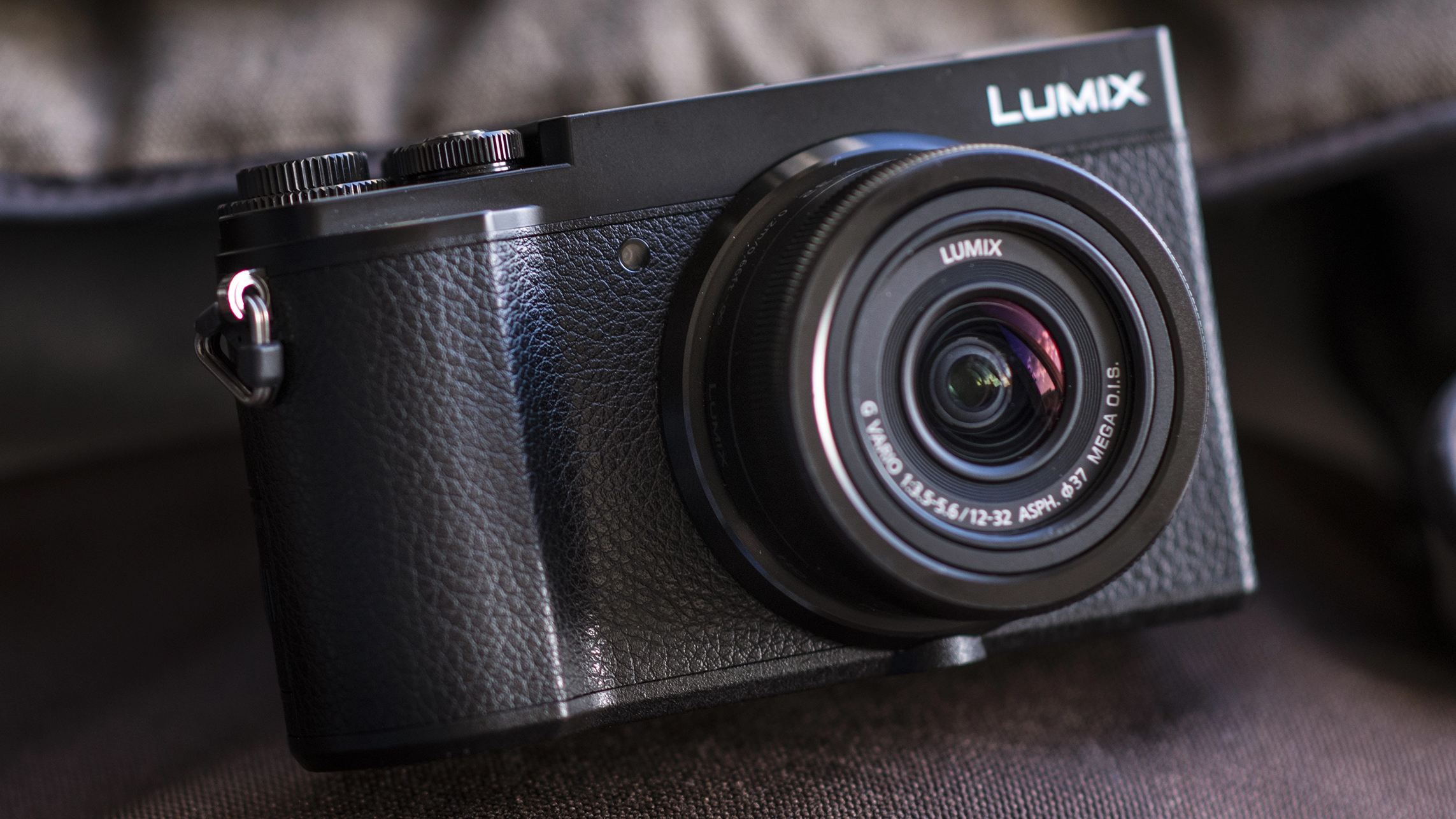
The Lumix GX9 from Panasonic represents excellent value for money. Its small size and weight not only make it ideal for those new to an interchangeable lens camera, but it's also well-suited for travel photography, too. The great feature set includes a built-in viewfinder, plus 5-axis dual image stabilization. One of our favorite features of all Panasonic cameras is the 4K Video and 4K Photo Modes. You can use the latter to extract stills from a movie to in order to freeze the perfect moment. As standard, the GX9 comes with a 12-32mm lens, which is a good optic to get you started with. Further good news is that there are dozens of different lenses available in the Micro Four Thirds mount, so this is a camera you can truly grow with.
- Read our in-depth Panasonic Lumix GX9 review


Sony's A6000 was one of the most popular mirrorless models of the past few years, and while you can still buy it, the brand has refreshed it in the shape of the A6100. That brings a whole set of new features to Sony's entry-level offering, including improved video features which now include 4K. You also now get a touch-sensitive screen and advanced autofocus options which include the very well-performing Eye AF (for both humans and animals). An extensive range of different lenses are available for Sony's mount, so it's also a system you can be confident when investing in. As it stands, the A6100 is one of the most expensive models on this list – but the good news is that if you're happy with older tech, the A6000 is still very much available, and right now is a veritable bargain.
- Read our in-depth Sony Alpha A6100 review


If you want an entry-level mirrorless camera to kick-start your content creation, the Panasonic G100 is an excellent choice. The lightweight G100 is the smallest mirrorless camera with a fully articulating screen, making it both versatile and portable for budding videographers. Yet even with the compact shell, it still offers good grip and a decent number of direct access controls. At its heart is a 20.3MP sensor which delivers great color and detail across both stills and video, while the hybrid image stabilization system is designed to counter walking motion, ensuring that self-shot footage is smooth and steady – even if a crop on 4K video means you’ll need long arms to film yourself. One of the headline features is the three-mic Ozo Audio setup, which detects the source direction of vocals and prioritizes them over background sounds. It’s very effective, especially when you’re narrating from behind the camera. Less impressive is a real-world battery life of 45 minutes, but it’s enough for capturing a series of short clips. It might not quite be the perfect package, but the G100 is ideal if you’re looking for something small, light and powerful to start your vlogging journey.
- Read our in-depth Panasonic Lumix G100 review

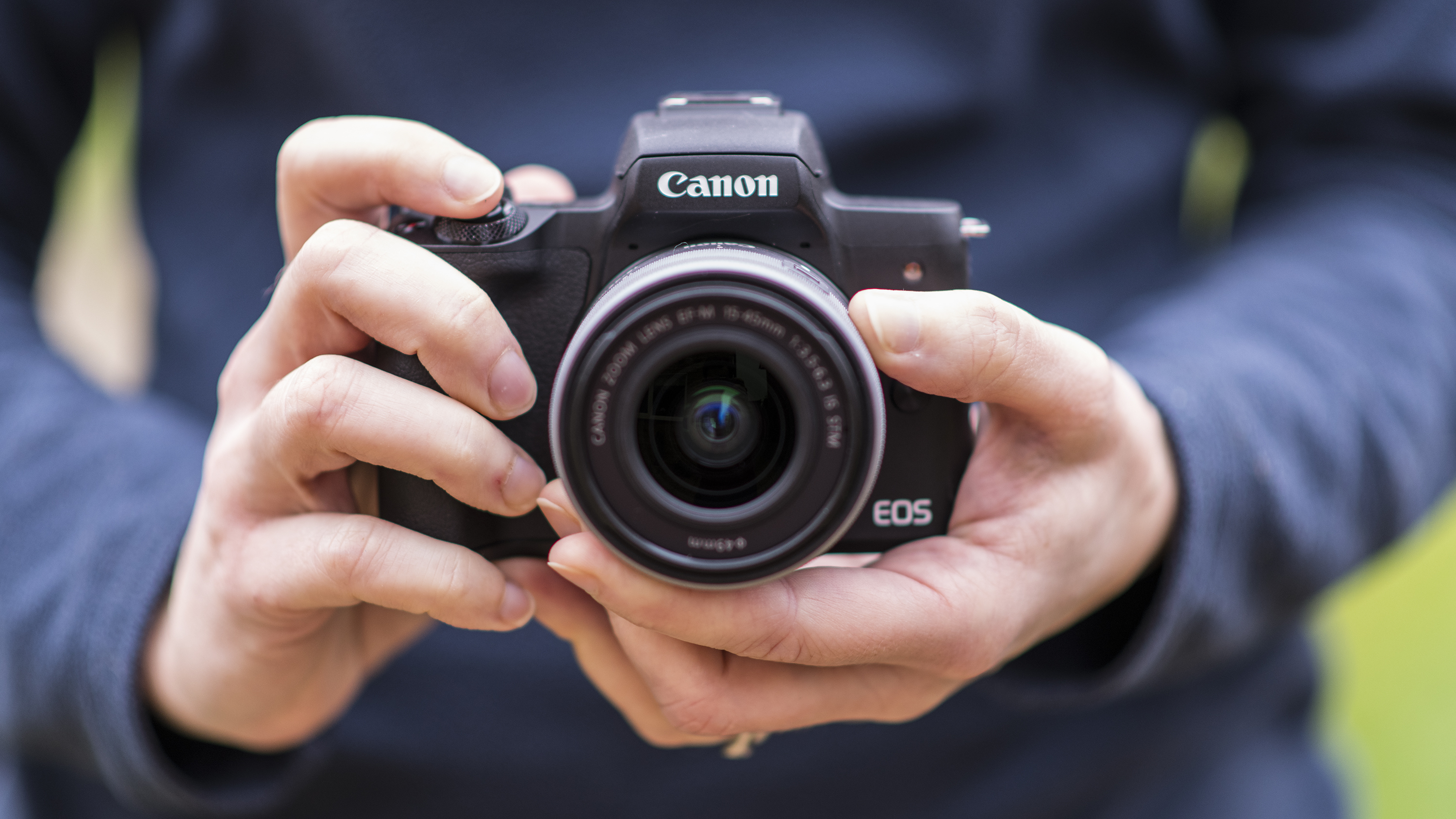
This great little all-rounder is the only budget-friendly EOS M series camera with an integrated viewfinder. Otherwise, you're doing your composing via the screen - not such a big deal if you're coming up from a smartphone, but viewfinders are great when bright light makes the screen a bit awkward to use. Plus there's the fact that shooting through a viewfinder just feels a bit more "authentic". Other tempting features include 4K video (just note that it's cropped), great autofocusing and an easy-to-use interface.
- Read our in-depth Canon EOS M50 review

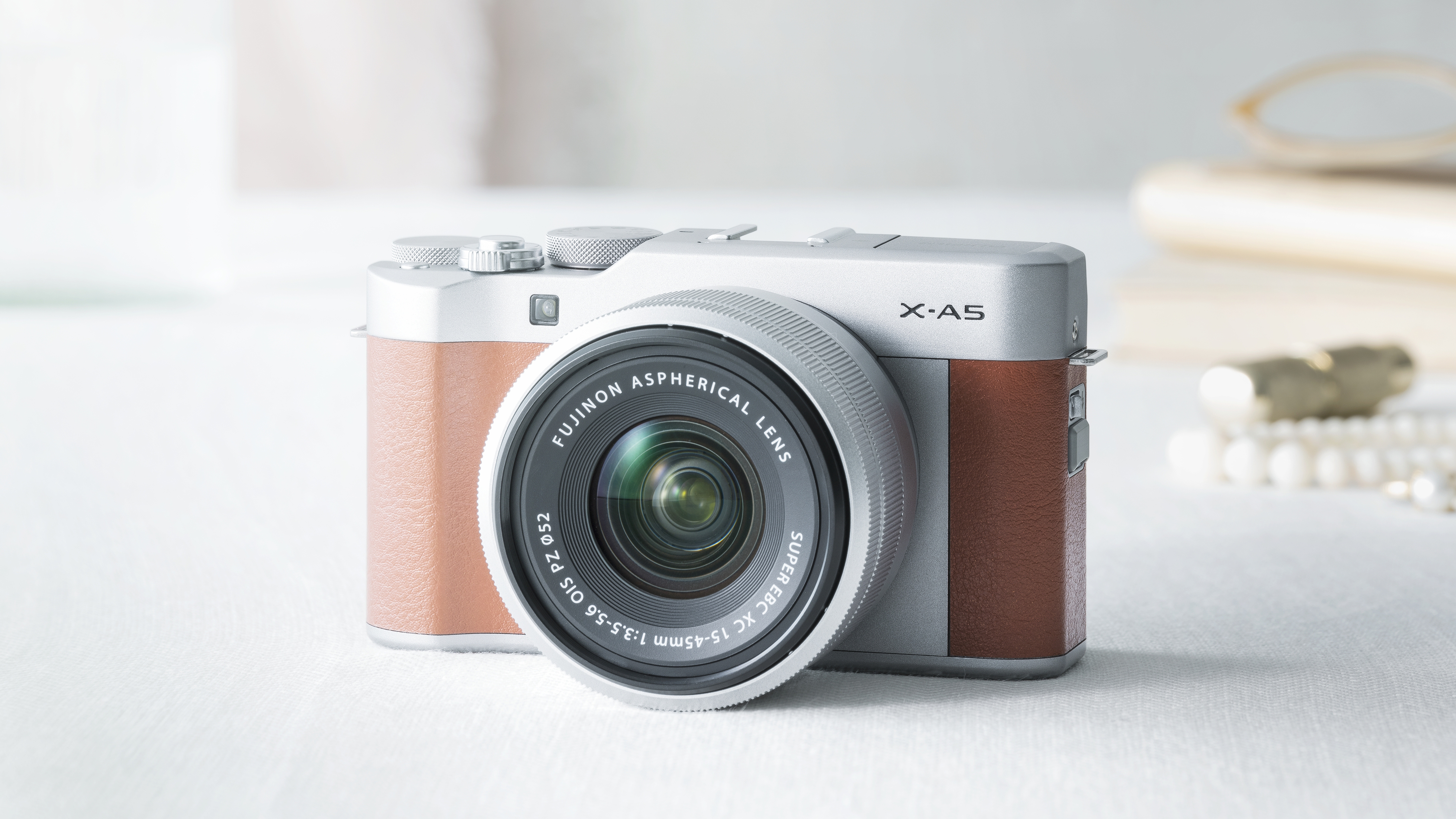
We've long been big fans of Fujifilm's beginner-friendly X-A cameras, which are the cheaper, simpler alternatives to its X-mount mirrorless cameras. And the X-A7 is its best one yet, with a revamped rear screen and improved autofocus performance. That large touchscreen LCD in particular makes it a great choice for those upgrading from their smartphones, while the new 24.5MP sensor produces crisp, sharp photos and now supports 4K / 30p video capture. Its autofocus is a big selling point too, with strong face- and eye-tracking that makes it particularly suitable for shooting people, if not action and sports. If you can get past the slightly awkward ergonomics, which are still a step up from a smartphone, then it'll make a great choice as your first camera.
- Read our in-depth Fujifilm X-A7 review

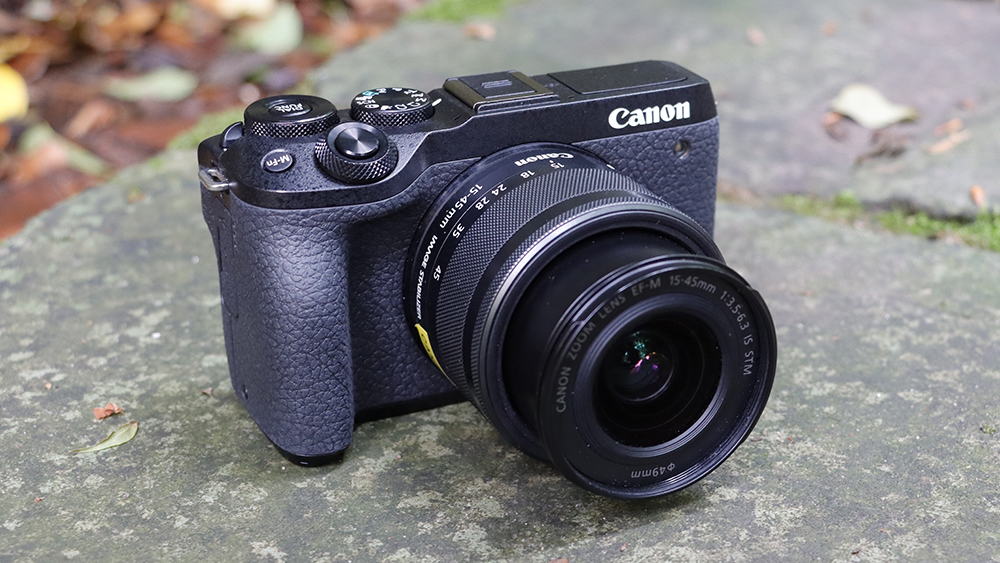
In many ways, the Canon EOS M6 Mark II redefines the term ‘entry-level’. With a 32.5MP APS-C sensor, 14fps burst shooting and uncropped 4K video skills, it’s a pretty tasty package. It’s also an ideal size for travel, with a compact form and low weight that make it a truly portable powerhouse. At the core of the M6 Mark II is Canon’s Digic 8 processor, which supports the impressively speedy and accurate 5481-point autofocus. There’s no in-body image stabilization, but shots nevertheless have bags of detail and excellent colors, especially with the Fine Detail setting enabled. Videos are nicely saturated, too. The absence of a viewfinder will be a dealbreaker for some, but the tilting touchscreen offers a familiar experience for smartphone users – and there is an optional EVF available. A trio of dials atop the M6 Mark II make in-depth adjustments accessible, and it’s generally a lovely camera to grip and shoot with. The 305-shot battery life might be unremarkable, but the M6 Mark II is still a fantastic camera overall, with lots to offer for first-time mirrorless buyers.
- Read our in-depth Canon EOS M6 Mark II review

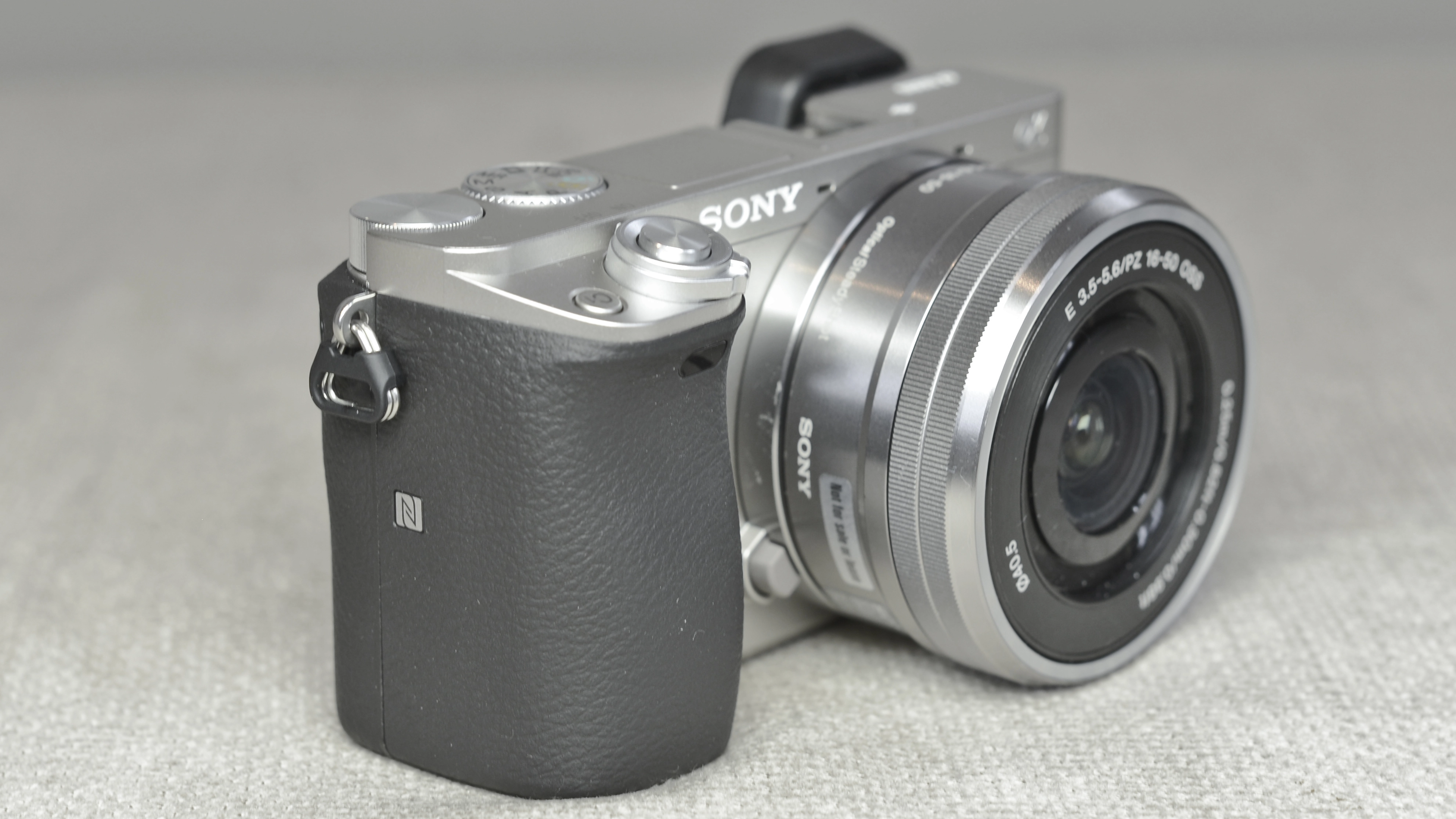
Back in 2017, we described the Sony Alpha A6000 as “very close to being the perfect compact system camera”. Its performance next to the very latest mirrorless cameras now might look less impressive, but after several price cuts, it represents a very versatile option at a very appealing price.
Yes, there are still some niggles, namely that the screen isn’t touch-enabled and there isn’t a quick way to set the AF point. But the Sony A6000 is also an attractive and accessible mirrorless camera, with a compact build that makes it properly portable.
More importantly, image quality still holds up well today: the A6000 produces detailed, vibrant pictures in the majority of situations, with solid low-light performance at all but the highest sensitivities. Focusing speeds across the 179 autofocus points are similarly impressive and burst shooting is strong at 11fps. If you can do without a touchscreen, 4K video or in-body image stabilization, the A6000 offers brilliant bang for your buck.
- Read our in-depth Sony Alpha A6000 review

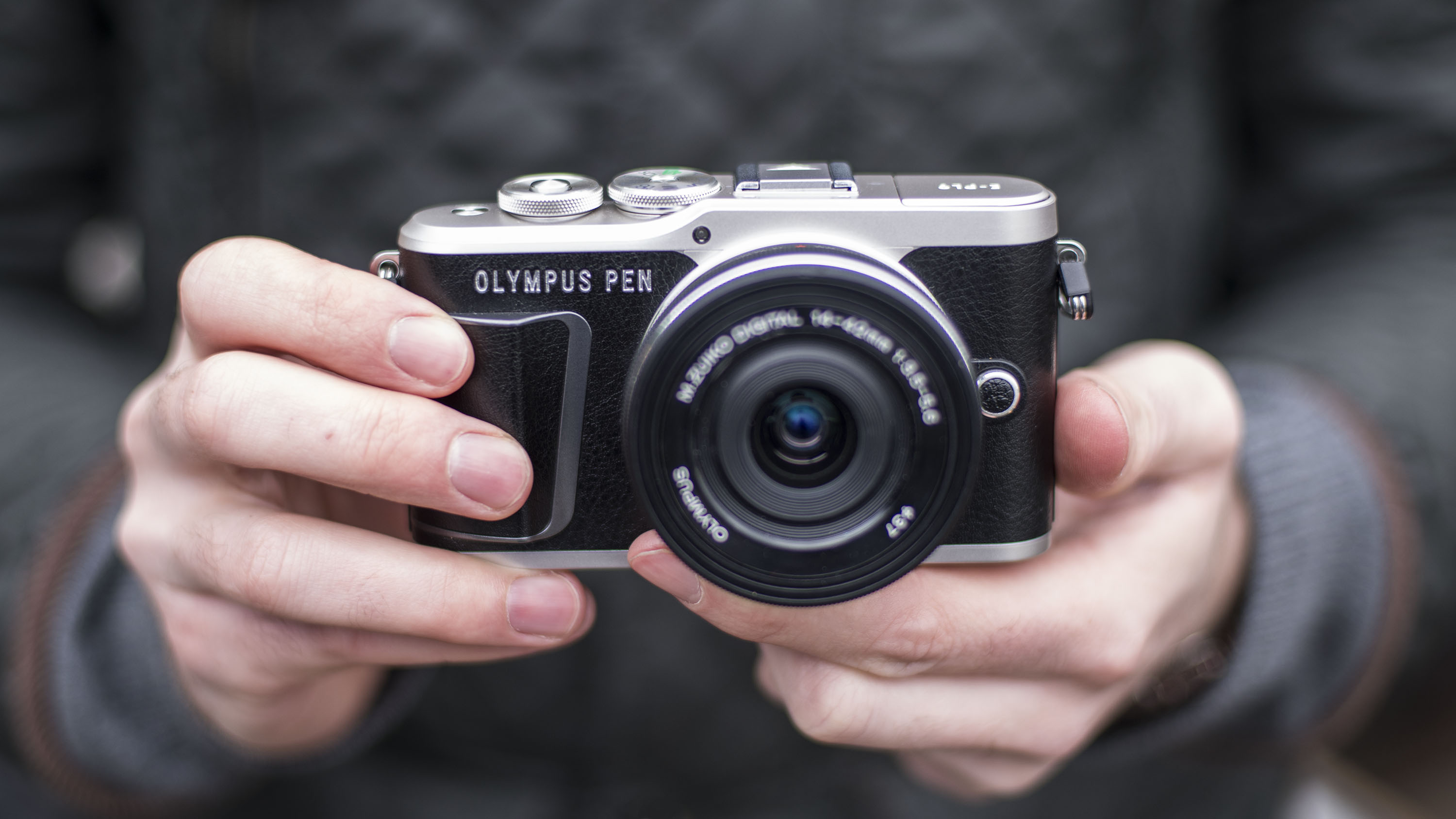
An attractive option for beginners, the PEN E-PL10 combines a range of novice-friendly modes with a stylish shell to create a competent camera that’s perfect for smartphone upgraders. The polycarbonate shell is a treat to hold, while the tilting touchscreen makes selfies a cinch.
While the 16.1MP sensor isn’t game-changing, the PEN E-PL10 still produces JPEGs with lovely colour rendition. Add 4K to the mix, as well as in-body image stabilisation and the option to edit RAW images in-camera, and you’ve got a strong package for mirrorless first-timers – provided they don’t need a viewfinder.
It’s worth mentioning that you can get many of the same features on the older, more affordable but equally as chic E-PL9. The main difference with the E-PL10 are the fine-tuned art filters and Advanced Photo modes, which make it easy to experiment with more advanced creative techniques. If you don’t need those, the former is still well worth a look.
- Read our in-depth Olympus PEN E-PL10 review

How much should I spend?
Just because something is 'cheap', that doesn't necessarily mean it represents value for money. If you find you quickly outgrow it and need to upgrade very soon, then you'll end up spending even more money. Some of the cameras here might seem expensive to somebody buying their first camera, but we will have recommended them as something that should last you for many years to come.
If you view your photography hobby as an investment, it will pay huge dividends if you can invest as much as you possibly can when you first get started. Inexpensive cameras can still do a good job, but when cutting back on price inevitably means that features and controls are missing – so ask yourself if the saving is worth missing out on something you think you'll need.
For example, the cheapest mirrorless cameras don’t usually have viewfinders, but these can be invaluable for shooting in bright light, when the screen on the back can easily suffer from glare and reflections, so we’d always recommend stretching to a camera with a viewfinder if you can.
Check out the specs of the rear screens, too. The size and resolution are not so important since they’re all quite similar these days, but a touchscreen display will make the camera feel more like a phone, making the transition to using a "proper" camera a little easier since you'll already be used to tapping, swiping and so on.
Finally, if you like to shoot video, you might want a camera that can shoot 4K, and not all of them can. Although it's becoming more common, it's still a somewhat new area for entry-level mirrorless cameras, and they don’t all do it (though they do all offer regular 1920 x 1080 Full HD).
All the mirrorless cameras we’ve chosen for this list are well suited to beginners because of their price, size, ease of use, features or all of those things. You can also take a look at our other buying guides below if you're still undecided. Otherwise, read on to see the 10 best entry-level mirrorless cameras you can buy right now.
from TechRadar: Photography & video capture news https://ift.tt/3mlJEAz
via IFTTT






0 kommenttia:
Lähetä kommentti